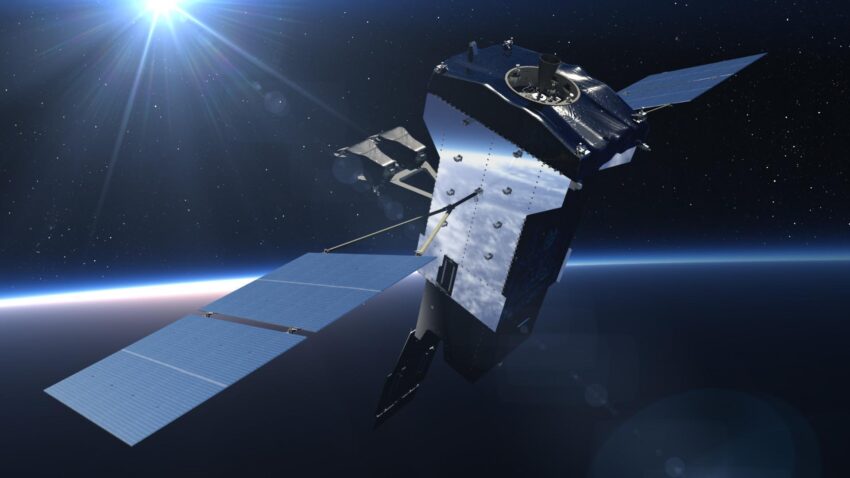Northrop Grumman’s $244-Million Deal with US Space Force
In a significant development for national security, Northrop Grumman has inked a $244 million agreement with the U.S. Space Force (USSF) to establish state-of-the-art relay ground stations in both the United States and the United Kingdom. This initiative aims to bolster the coverage of vital missile warning and tracking satellites. The advanced ground stations are designed to support the Next-Generation Overhead Persistent Infrared (Next-Gen OPIR) program, which is focused on creating satellite constellations that can effectively detect and monitor missile launches and potential threats.
The newly constructed ground stations will be equipped with versatile capabilities to adapt to evolving bandwidth and resilience demands of the satellites. This innovative approach utilizes Northrop Grumman’s flexible modular design, which has previously been implemented in the Relay Ground Station-Asia developed in Guam in 2023. Calvin Pennamon, who serves as the director of operational exploitation systems at Northrop Grumman, emphasized the company’s commitment to prioritizing high performance, reliability, and mission flexibility as key components of the Next-Gen OPIR program.
Enhancing Missile Warning and Tracking Systems
The ground systems being integrated as part of this contract are expected to significantly improve communication between the Space System Command’s legacy systems and future Space-Based Infrared Systems. By ensuring access to multiple satellite constellations, these upgrades aim to provide warfighters with a crucial advantage against potential enemy threats. The establishment of these advanced ground stations is a strategic component of the U.S. initiative to strengthen the Future Operationally Resilient Ground Evolution system maintained by the USSF.
The introduction of these new capabilities marks an important step in the ongoing modernization efforts of the USSF to create more resilient and capable infrastructure for missile detection and tracking.
US Space Force Modernization Initiatives
The recent strides made by the USSF are crucial in addressing the national demand for enhanced networks, IT architectures, and command and control systems, which are pivotal for maintaining combat readiness. Earlier this month, the Space Force activated operations for the Survivable Endurable Evolution (S2E2), a groundbreaking ground system aimed at modernizing outdated technologies, specifically replacing the Mobile Ground System that dates back to the 1960s.
The S2E2 system processes critical data from the Space-Based Infrared System satellite network and integrates a nuclear detonation detection capability. Additionally, L3Harris has also expanded its collaboration with the Space Force by entering into a contract in March to upgrade the Advanced Tracking and Launch Analysis System (ATLAS), a core asset in the Space Force’s defense against anti-satellite threats.







